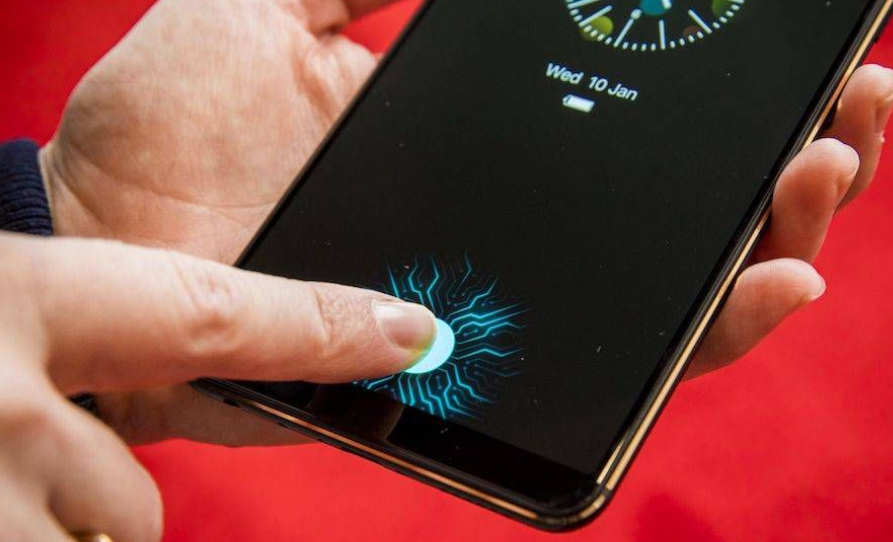 2127
2127
 2019-01-02
2019-01-02
Apple needs to bring back Touch ID. Sure, there are still devices that sport a fingerprint sensor but considering the direction that recent iPhones and iPads have taken, Touch ID seems like it’ll eventually go completely extinct. To be clear, we aren’t saying that Apple needs to bring back the Home button. But Touch ID’s impending demise is a shame because Apple could implement it in a way that doesn’t detract from its devices — and could actually make them more secure and convenient. Continue reading to learn 4 Reasons Why Apple Should Bring Back Touch ID (But Not Like You Think).
4. It Can Be Elegant

The main problem with bringing back Touch ID is the fact that a Home button is, by today’s standards, pretty clunky. Apple likely doesn’t want to ruin the design of its edge-to-edge devices or cop out with a rear-mounted fingerprint sensor — nor would we want them to.
In-display fingerprint sensors are already on the market, and several Apple suppliers are looking into producing under-display sensors.
Apple was once rumored to be working on in-display Touch ID and it has patents related to the tech, including one that describes the front display of an iPhone becoming one big fingerprint reader.
3. Face ID Doesn’t Always Work

Touch ID isn't perfect — it doesn't work with wet fingers or when using gloves. But while Face ID may be an improvement, it isn’t quite perfect itself. The normally seamless system can be derailed by certain articles of clothing or harsh environmental light.
But with multiple authentication systems, you wouldn’t have to resort to typing in your passcode to get into your device. Face ID fails? Just rest your finger on the in-display sensor and your phone will unlock. That could also be incredibly handy for those rare scenarios when Face ID fails multiple times.
Despite certain comments it has made, Apple has actually even considered a similar system itself. A recent patent includes passages and diagrams hinting at Touch ID being available as a backup if Face ID fails. If Apple is thinking about this, it should make it happen in a future iPhone.
2. It Could Be Even More Secure

If you’re even a casual movie watcher, you may have seen a scene when someone unlocks a door with multiple biometric systems, like an iris scan and a fingerprint. These systems exist, and there’s no reason why they couldn’t be brought to a smartphone.
Granted, using multiple authentication systems just to unlock your device would be inconvenient — which is exactly the problem Face ID was meant to deal with. But that option could still be there for the users who want or need it.
What we’re talking about is ultra-secure, multi-authentication for extremely sensitive data or apps. Think of your banking apps or password managers — things that you’d want an extra layer of security to be protecting. With multiple forms of biometric security, this could be a possibility.
1. It Could Lead to the Future of Authentication

But Apple doesn’t just have to combine Face ID and Touch ID into one device as active authentication measures. In fact, adding Touch ID — along with other biometric security systems — back into the mix could spawn a new era of authentication.
Think of a device that automatically and periodically collects fingerprint data every time you touch the screen; facial data every time you look at the device or your face is in view; and even voice data every time you interact with Siri or speak around the iPhone.
As iMore’s Rene Ritchie posits, this could allow for a passive authentication system. An iPhone could detect when it's in the proper hands and could keep itself unlocked as long as it is. In other words, the only time someone would need to actually unlock a device is if these systems detect that the current user is not the owner of the iPhone.
Source: idropnews